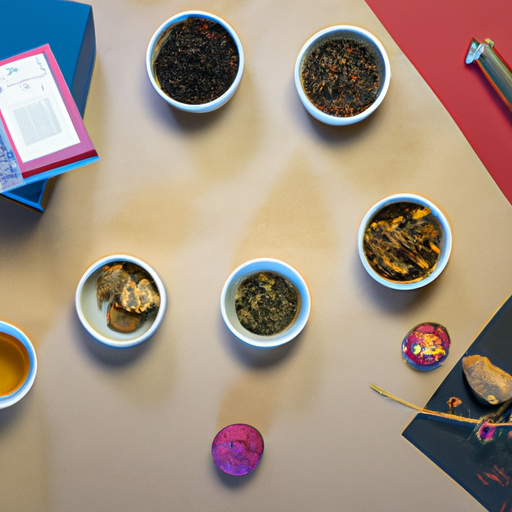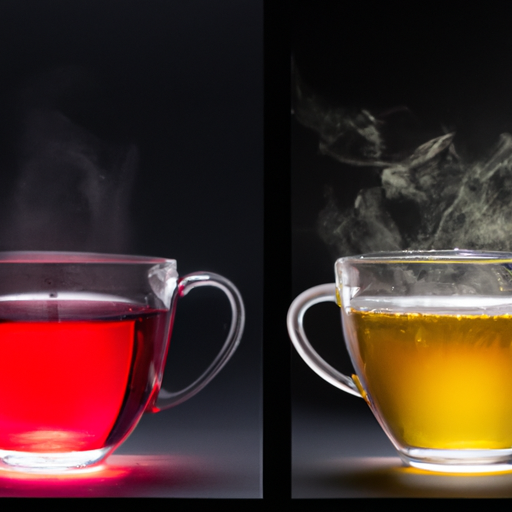Are you aware that matcha, which is a powdered tea from Japan, is not just a common beverage for traditional tea ceremonies but also a tasty and healthy option to kick off your day? Matcha is rich in antioxidants, caffeine, theanine, Vitamin C, protein, and calcium, making it a nutritious breakfast choice.
But how can you make the perfect matcha breakfast drink? Well, I’m here to guide you through the process with the ultimate guide to matcha brewing.
First, it’s important to choose the right matcha. Look for a bright green color and consider purchasing from reputable tea shops or online sources. Ceremonial grade matcha is the highest quality and offers the best flavor and benefits.
Once you have your matcha, mastering the brewing techniques is key. Cold brewing has gained popularity, and I’ll provide you with tips on using a good grade of matcha, sieving to reduce clumping, and whisking briskly.
Finally, I’ll share ways to enhance the flavor and benefits of your matcha breakfast drink. So get ready to enjoy the perfect matcha breakfast drink and start your day on a healthy and delicious note.
Key Takeaways
- Matcha is a powdered tea from Japan used in the traditional tea ceremony.
- Matcha is consumed as the actual leaf, not just an infusion.
- Matcha can be brewed hot or cold, with cold brewing becoming popular.
- Matcha has high levels of antioxidants, caffeine, theanine, Vitamin C, protein, and calcium.
Choosing the Right Matcha
When choosing the right matcha for my breakfast drink, I need to consider its grade, color, and source. Matcha comes in different grades, with ceremonial grade being the highest quality. This grade is made from the youngest tea leaves, which are carefully harvested, steamed, dried, and ground into a fine powder. Ceremonial grade matcha has a vibrant green color and a smooth, delicate flavor. It’s worth investing in this grade for the best flavor and health benefits.
Matcha is known for its high levels of antioxidants, caffeine, theanine, Vitamin C, protein, and calcium. These nutrients contribute to its potential health benefits. It can promote immunity, potentially prevent cancer, aid in weight loss, and satiate hunger. By choosing high-quality matcha, I can ensure that I’m getting the most out of my breakfast drink.
Brewing Techniques
To brew matcha, I start by whisking the powdered tea with hot water until it becomes frothy and smooth. Whisking is a crucial step in achieving the perfect matcha breakfast drink. The technique involves using a bamboo whisk, also known as a chasen, to vigorously whisk the matcha and water together in a zigzag motion. This helps to dissolve the powder and create a smooth consistency. It is important to use water that is around 175°F (80°C) and not boiling hot, as high temperatures can result in a bitter taste. The ideal brewing time is about 1-2 minutes, but this can vary depending on personal preference. By mastering the art of matcha whisking, you can ensure a delicious and satisfying breakfast drink every time.
| Matcha Whisking Techniques | Temperature | Brewing Time |
|---|---|---|
| Vigorously whisk in a zigzag motion | 175°F (80°C) | 1-2 minutes |
Enhancing the Flavor and Benefits
By exploring various flavor combinations and incorporating different ingredients, I’ve discovered delightful ways to enhance the taste and health benefits of my matcha breakfast drink. Here are three ways to increase the nutritional value and experiment with different ingredients:
-
Supercharge with Superfoods: Boost the nutritional content of your matcha breakfast drink by adding superfoods like chia seeds, flaxseeds, or hemp hearts. These ingredients are rich in omega-3 fatty acids, fiber, and protein, which can support digestion and provide sustained energy throughout the day.
-
Creamy and Nourishing: For a creamier texture and added nutrients, try blending your matcha breakfast drink with a ripe banana or avocado. These ingredients not only enhance the flavor but also provide healthy fats, potassium, and vitamins.
-
Sweet and Tangy Twist: Add a burst of flavor to your matcha breakfast drink by incorporating fresh fruits like berries, pineapple, or mango. These fruits not only provide natural sweetness but also contribute to the antioxidant content, boosting the overall health benefits of your drink.
By experimenting with these ingredients, you can create a matcha breakfast drink that’s not only delicious but also packed with nutrients to kickstart your day.
Frequently Asked Questions
How long does matcha stay fresh once opened?
Matcha stays fresh once opened for about 3 to 4 weeks if stored properly. To maintain its freshness, store it in an airtight container in a cool, dry place away from sunlight, humidity, and strong odors.
Can matcha be stored in the refrigerator?
Yes, matcha can be stored in the refrigerator to maintain its freshness and quality. Storing matcha in the fridge helps to preserve its vibrant green color, flavor, and health benefits. Drinking matcha in the morning provides a boost of energy, antioxidants, and a sense of calmness.
What is the recommended daily intake of matcha?
The recommended daily intake of matcha varies, but generally, 1-2 cups per day is considered safe. Matcha offers numerous health benefits, including high levels of antioxidants, caffeine, theanine, Vitamin C, protein, and calcium.
Can matcha be used in baking?
Matcha can definitely be used in baking to create delicious and unique desserts. Its vibrant green color and earthy flavor can be infused into pastries, cakes, cookies, and more, adding a delightful twist to traditional recipes.
Are there any potential side effects or risks associated with consuming matcha?
While matcha is generally safe to consume, potential allergic reactions can occur. Additionally, matcha contains caffeine which may impact sleep quality if consumed in large amounts. It’s important to moderate intake and be aware of personal sensitivities.
Conclusion
In conclusion, making the perfect matcha breakfast drink requires attention to detail and the right ingredients. By choosing a high-quality matcha, sieving it to reduce clumping, and whisking briskly, you can create a vibrant and delicious beverage.
Don’t forget to enhance the flavor and benefits by adding your favorite mix-ins like honey or almond milk. Remember, investing in top-grade matcha is worth it for the best flavor and health benefits.
So go ahead, sip on this supercharged elixir and start your day off right!










